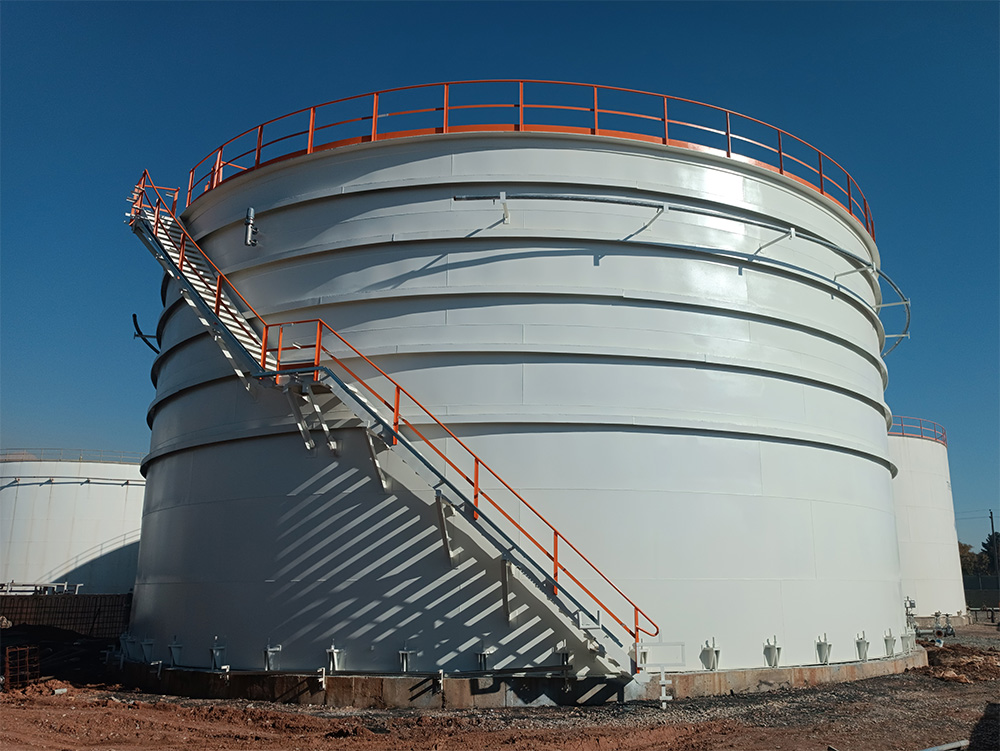Floating Roof Tanks are crucial components in the oil and gas industry, used for the storage of highly volatile liquids. Due to their specific design, these tanks are capable of reducing evaporation and protecting liquids from environmental contaminants. This article will discuss the details related to the materials, engineering, maintenance, advantages, and disadvantages of floating roof tanks.

Floating roof tanks are used for storing liquids such as crude oil, gasoline, and refined petroleum products. These tanks have a roof that floats on the liquid surface and moves up and down with changes in the liquid level. This feature minimizes liquid evaporation and enhances the safety of the tank.
Floating roof tanks are divided into two main types:
The materials used in the construction of floating roof tanks must possess specific properties to withstand harsh environmental and chemical conditions. Common materials include:
Designing floating roof tanks involves several key steps, each requiring careful execution to ensure optimal tank performance. These steps include:

Proper maintenance of floating roof tanks is vital to ensure their safe and efficient operation. Maintenance steps include:
Floating roof tanks play a significant role in liquid storage in the oil and gas industry due to their unique features.
Floating roof tanks are essential components in the oil and gas industry, used for storing highly volatile liquids. By reducing evaporation, enhancing safety, and protecting liquids from environmental contaminants, these tanks play a crucial role in optimizing storage processes. For more information, you can contact Petro Structure company consultants.
References